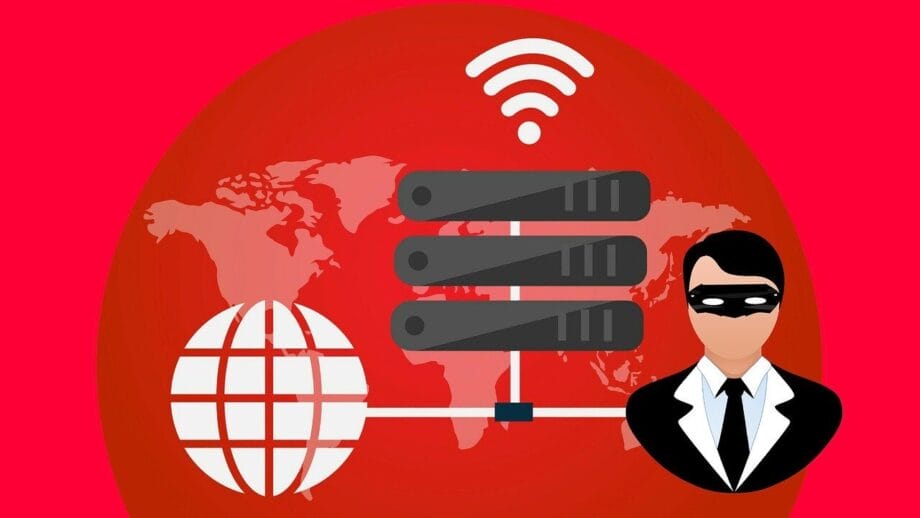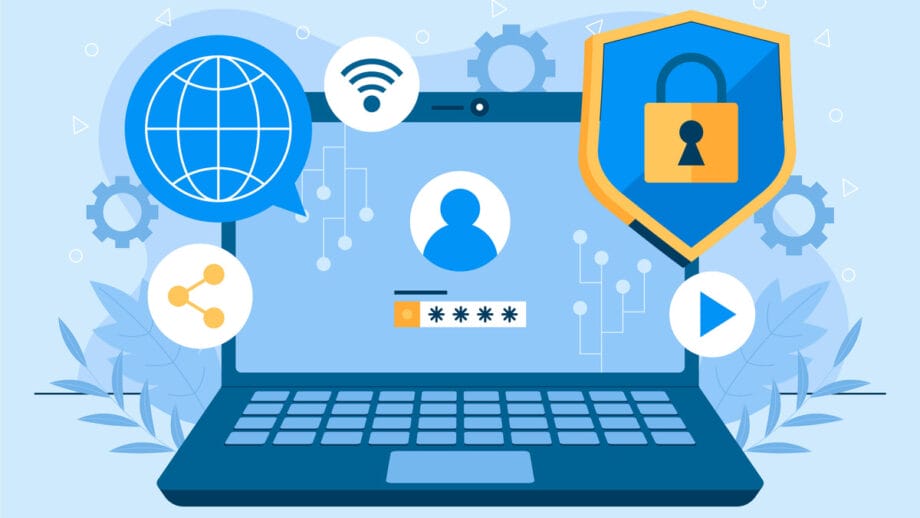When most people hear the word proxy, they imagine someone trying to hide where they’re browsing from, or maybe sneaking around regional blocks to watch a video. That part still exists, sure. But if you stop there, you’re missing the real story.
Proxies have quietly become a foundational part of how the modern web actually works. They’re built into research platforms, brand monitoring systems, automation scripts, and cybersecurity layers. They’re what make large-scale data operations possible – the unseen bridge between users, tools, and information.
It’s a strange thing: you don’t notice proxies when everything works. You only realize how vital they are when they’re gone.
From Personal Privacy to Industrial Data

“The surprise isn’t that proxies conceal; it’s that they enable. In the data economy, they aren’t a disguise – they’re the plumbing.”Fortinet
Back in the early 2000s, proxies were simple – a middleman between your computer and a website. They hid your IP address and made it harder for sites to track you.
Fast forward to today, and proxies are used by global companies, not just privacy-conscious individuals. The reason is simple: modern businesses run on data. They collect information from multiple sites – prices, reviews, rankings, ads – and that requires sending out thousands of automated web requests.
Websites, naturally, don’t like that kind of traffic. They detect and block it quickly. So, proxies distribute those requests across hundreds or even thousands of IPs, making each one look like a normal user.
Without proxies, most analytics tools, SEO software, and marketing dashboards would stop functioning overnight.
In a sense, proxies turned from being a “mask” into an entire infrastructure layer. They’re part of how the internet scales.
Where Businesses Rely on Proxies (Even If They Don’t Say It Out Loud)
If you run a company that depends on online information – even indirectly – there’s a good chance proxies are already helping you.
Here’s how:
- Verifying Ads and Brand Presence: Marketers use them to check how their ads appear across regions and devices. It’s the only way to confirm if a campaign is visible where it’s supposed to be. Without this, you’re relying on blind trust.
- Tracking Competitors: E-commerce sites monitor competitors’ pricing, reviews, and availability every day. It’s a constant game of adjustment. Proxies make that possible by keeping data streams open without hitting roadblocks.
- Keeping Networks Safe: Security teams use them as filters – every request passes through them, letting analysts monitor suspicious activity and stop it early. It’s both a shield and a record keeper.
- Running Multiple Accounts: Agencies managing social pages or online stores across different clients often face login limits. Proxies solve that by assigning unique IPs to each account. It’s the digital version of giving every employee their own desk.
Proxies are the invisible middlemen that make digital work smooth, compliant, and scalable. They’re not glamorous – but they’re necessary.
A Quiet Shift in the Industry
The proxy industry itself is going through an interesting transformation.
“The conversation isn’t about hiding anymore. It’s about reliability and data integrity. Businesses want infrastructure that adapts – something that can handle large-scale data movement without breaking compliance or losing speed.”Floppydata
And that’s the key difference. Proxies today aren’t dumb relays. They’re intelligent, rotating, adaptive systems that know when to change IPs, detect patterns, and balance loads automatically.
They’ve evolved from basic tools into data infrastructure – the kind of technology that blends invisibly with automation, analytics, and AI.

Understanding the Main Types of Proxies
If you’re trying to choose the right proxy setup, here’s a straightforward look at what’s out there:
| Type | Origin | Speed | Realism | Common Uses |
| Residential | Real home IPs assigned by ISPs | Medium | Very High | Price monitoring, ad testing |
| Data Center | Server-based IPs from hosting providers | High | Moderate | SEO, automation, bulk scraping |
| Mobile | IPs from mobile networks (4G/5G) | Slower | Extremely High | App testing, social media |
Each type solves a different problem. Residential proxies look real, so they’re ideal for sites with strict bot detection. Data center proxies are fast and cheap, perfect for bulk tasks. Mobile proxies, though slower, are great for anything that needs to mimic mobile behavior.
Smart teams mix them strategically – a blend that keeps operations efficient without tripping alarms.
The Ethics Question
Like any powerful tool, proxies can be used right or wrong.
Good providers build their networks from legitimate, consent-based sources. They tell users exactly where IPs come from, encrypt data properly, and maintain uptime you can depend on.
Then there are shady ones – the ones who recycle compromised IPs or quietly inject users into networks they never agreed to join. That’s where the line gets crossed.
So, if you’re picking a proxy service, ask tough questions:
- How are your IPs sourced?
- Do you encrypt data in transit?
- Can you guarantee uptime?
- Who is behind support if something goes wrong?
It’s not just about connection speed. It’s about accountability.
Proxies in the Age of AI and Automation
“Proxies are no longer middlemen. They’re smart guides that shape, pace, and protect your data flow, so your automation can fly.”Comcast
Here’s where things get even more interesting.
AI systems – the ones that generate insights, train on real-world data, or monitor digital trends – all depend on clean, reliable data. But scraping that data from the open web without being blocked is practically impossible without proxies.
They’re the unseen infrastructure that feeds machine learning models, fuels automated reporting, and keeps everything steady when thousands of requests go out every second.
They also help normalize API responses, test user experiences across locations, and analyze how people in different countries engage with the same digital content. That kind of global visibility is invaluable, and proxies are what make it possible.
We’re entering a stage where proxies aren’t just middlemen – they’re becoming smart intermediaries, working hand-in-hand with automation systems to manage how data moves and adapts.
The Bigger Picture

If privacy was the first chapter of the proxy story, intelligence is the second.
They started as tools for individuals. Today, they’ve become a silent infrastructure for entire industries – marketing, finance, security, data science, and AI.
You probably won’t hear them mentioned in board meetings or case studies. But they’re there, running in the background, shaping how information flows across the web.
This evolution isn’t about secrecy anymore. It’s about clarity – giving businesses a more accurate, stable, and secure view of the digital world. Because in the end, the internet runs on data. And data runs on proxies.






